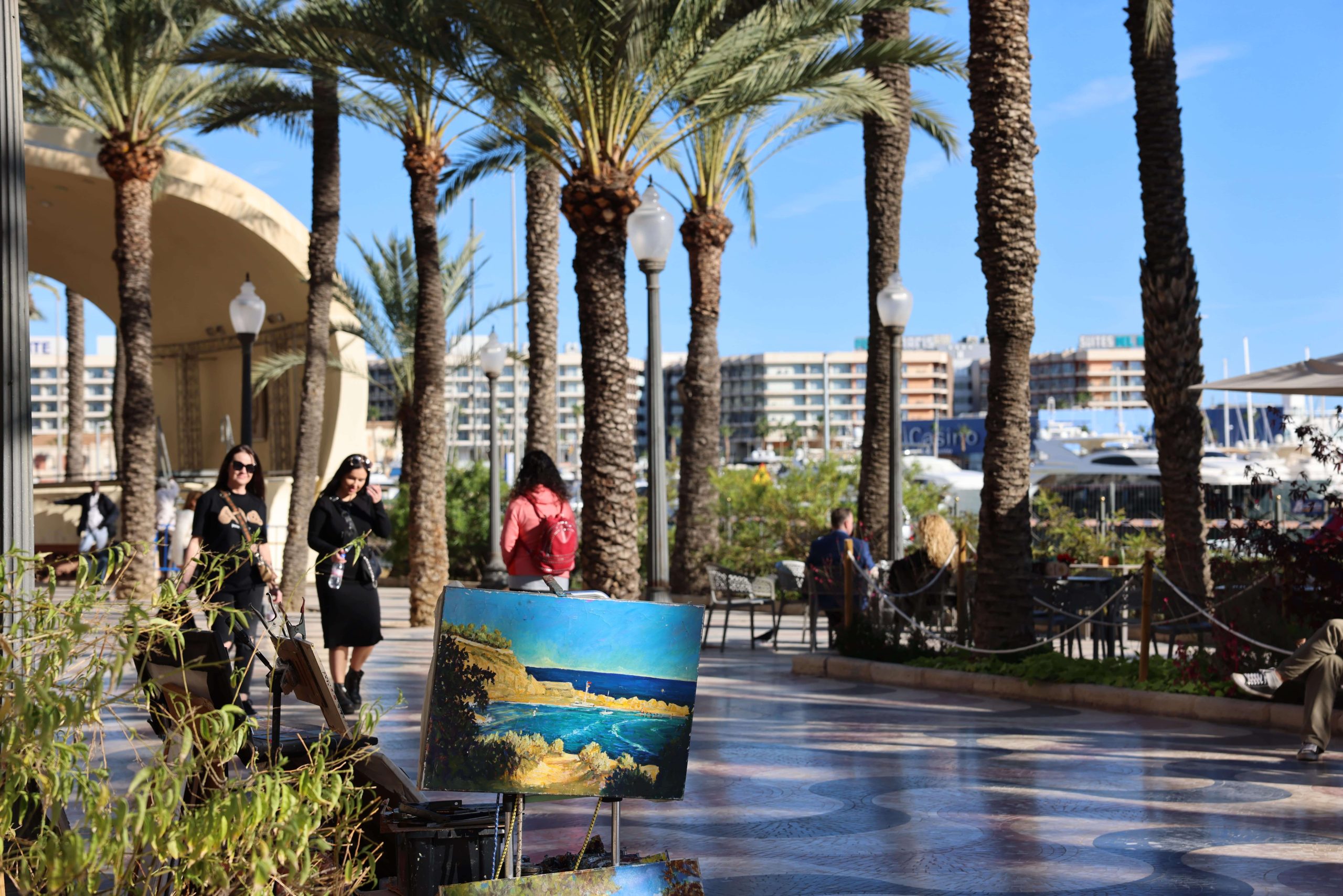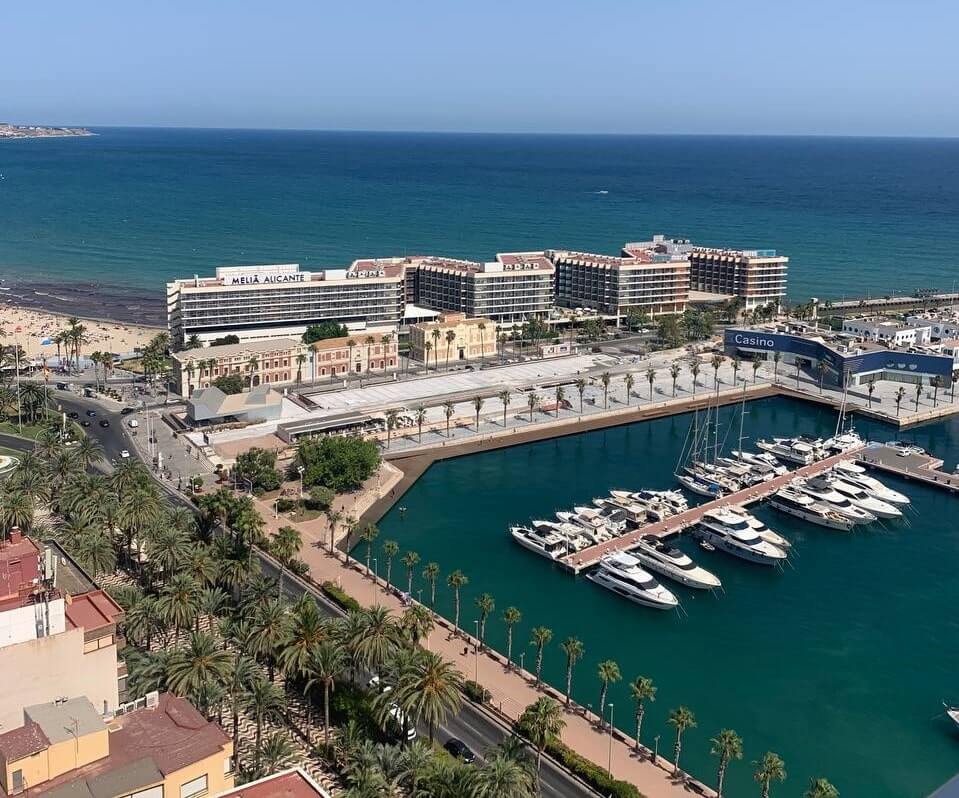Alicante and Costa Blanca, located on the eastern coast of Spain, are two destinations that are rich in history and culture. The region has been inhabited by various civilizations throughout history, each leaving their unique mark on the landscape, cuisine, and customs of the area. In this article, we will explore the rich history and culture of Alicante and Costa Blanca.
History of Alicante and Costa Blanca
The history of Alicante and Costa Blanca is a long and fascinating one, dating back to the 3rd millennium BC when the Iberians first arrived in the region. These early settlers established their settlements in the area and were followed by the Romans, who made significant contributions to the region’s development. The Romans built roads, aqueducts, and public buildings that still stand today, such as the Castle of Santa Barbara and the Roman Theater.
During the 8th century, the Moors arrived in the region and ruled for over five centuries, leaving a lasting impression on the culture and architecture of the area. The Moors introduced new farming techniques, irrigation systems, and architecture that can still be seen in the region’s buildings and monuments today. Many of the region’s towns and cities, such as Orihuela and Elche, were founded during this period.
After the Reconquista, which saw the Christian kingdoms retake control of Spain from the Moors, the region became part of the Kingdom of Valencia. During this time, the region became an important trading hub in the Mediterranean, with Alicante being one of the most important ports in the region. The city’s strategic location on the coast and its proximity to North Africa made it a key trading post for goods such as silk, spices, and ceramics.
Throughout the centuries, the region has faced its fair share of conflicts and challenges. During the Spanish Civil War, Alicante was one of the last Republican strongholds, and the city was subjected to intense bombing by the Nationalists. The region also experienced a significant earthquake in 1829, which caused widespread damage and loss of life.
Despite these challenges, the region has continued to grow and develop, and today it is one of the most popular tourist destinations in Spain. Its rich history, beautiful beaches, and Mediterranean climate make it a sought-after location for visitors from all over the world. Whether you’re interested in exploring the region’s ancient ruins, indulging in its delicious cuisine, or simply relaxing on its stunning beaches, Alicante and Costa Blanca have something to offer everyone.

Culture of Alicante and Costa Blanca
The culture of Alicante and Costa Blanca is a fascinating mix of influences from the various civilizations that have inhabited the region over the centuries. The local cuisine, music, festivals, and customs all reflect this rich cultural diversity, making it a truly unique and memorable place to visit.
One of the most iconic festivals in the region is the Moors and Christians festival, which commemorates the Christian victory over the Moors during the Reconquista. The festival is celebrated in various towns and cities throughout the region, with colorful parades, music, and fireworks. It is a testament to the region’s cultural and historical heritage and is a must-see for anyone visiting Alicante and Costa Blanca.
The region’s cuisine is another important aspect of its culture. Heavily influenced by the Mediterranean diet, the cuisine of Alicante and Costa Blanca is characterized by fresh seafood, rice dishes, olive oil, and locally grown fruits and vegetables. Some of the most popular dishes include paella, arroz a banda, and caldero. These dishes are typically served with a glass of the region’s famous wines, which are produced using traditional methods passed down through generations.
The region’s wine-making tradition dates back to Roman times and is an integral part of its culture. Alicante Denomination of Origin is one of the most well-known wine-producing regions in Spain, and its wines have won numerous awards and accolades for their unique and flavorful taste. Wine enthusiasts can visit the region’s wineries, attend wine tastings, and learn about the history and process of wine-making in Alicante and Costa Blanca.
Music is also an important aspect of the region’s culture, with traditional folk music and dance still being performed at festivals and events. The music of Alicante and Costa Blanca reflects the region’s diverse cultural heritage, with influences from the Moors, Romans, and Christians. The music and dance of the region are a celebration of its history and are a joyous experience for locals and visitors alike.
In addition to its festivals, cuisine, wine, and music, the region also has a number of museums and cultural attractions that showcase its rich history and heritage. These include the Archaeological Museum of Alicante, the Castle of Santa Barbara, and the Palmeral of Elche, which is a UNESCO World Heritage Site.
Overall, the culture of Alicante and Costa Blanca is a unique and diverse mix of influences from the various civilizations that have inhabited the region over the centuries. Its festivals, cuisine, wine, music, and museums all offer visitors a glimpse into the rich cultural heritage of the area, making it a truly memorable and enchanting place to visit.
Attractions in Alicante and Costa Blanca
Alicante and Costa Blanca are home to numerous attractions that showcase the region’s rich history and culture. Some of the must-visit attractions include:
Castle of Santa Barbara: This medieval castle sits atop Mount Benacantil and offers stunning views of Alicante and the Mediterranean Sea.
Roman Theater: This ancient Roman theater dates back to the 1st century AD and is one of the best-preserved Roman ruins in Spain.
MARQ Archaeological Museum: This museum showcases the region’s rich archaeological heritage and features exhibits on the Iberians, Romans, and Moors.
Elche Palm Grove: This UNESCO World Heritage Site is home to over 200,000 palm trees and is one of the largest palm groves in the world.
Guadalest: This picturesque village is nestled in the mountains and features historic buildings, a castle, and stunning views of the surrounding landscape.

Alicante and Costa Blanca are two destinations that offer a fascinating glimpse into Spain’s rich history and culture. The region’s blend of influences from various civilizations has resulted in a unique and diverse cultural landscape that is sure to captivate visitors. From ancient Roman ruins to colorful festivals and delicious cuisine, there is something for everyone in Alicante and Costa Blanca.